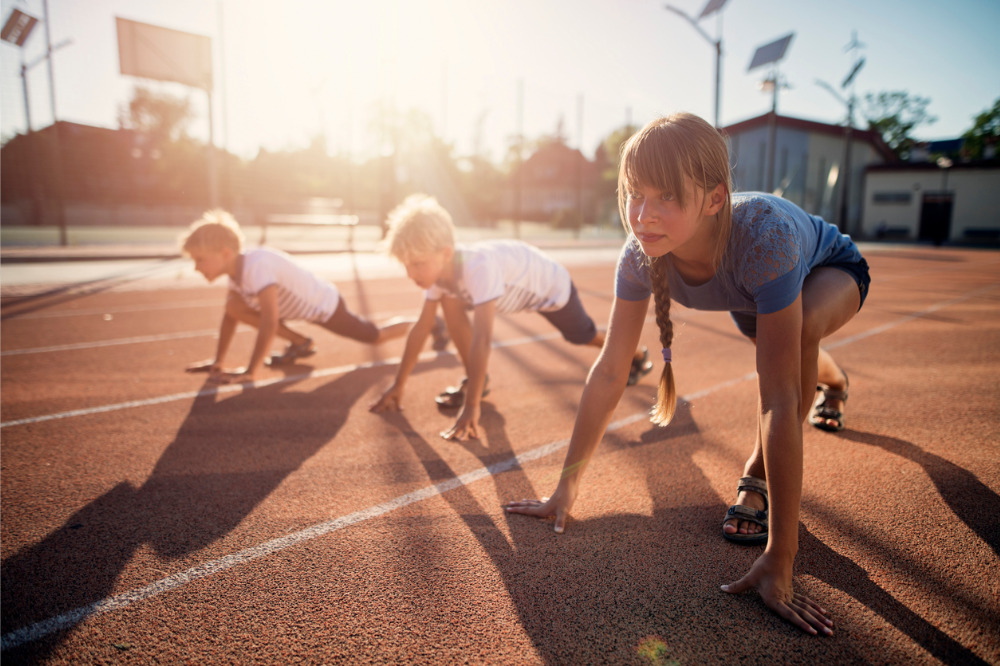
Research shows that extreme heat can result in physical, cognitive and emotional difficulties (not to mention ruined school lunches!).
The Bureau Of Meteorology recently confirmed that November 2020 was the hottest month on record for maximum, minimum and mean temperatures. And the hottest two months are still ahead of us.
Fortunately for students and staff, the end of Term 4 is just two weeks away, but in the meantime, many parents, educators and students might be wondering: how hot is too hot for school?
There are obvious issues around sending children home before the final school bell; namely, that students’ parents aren’t always home to receive them, as well as potential health issues around putting students on crowded busses in extreme heat.
In NSW, a number of energy efficient thermal comfort measures are employed when upgrading or building new schools that help to minimise the summer heat and improving the comfort of students, teachers and other school staff.
“New and upgraded school projects follow a rigorous design process. A master plan provides a framework for the design of the school and explores options that demonstrate sustainable design measures for buildings and landscaping,” a NSW Department of Education spokesperson told The Educator.
“This may include building orientation to provide solar access to classrooms as well as providing shade to playground spaces, the appropriate location of Covered Outdoor Learning Areas [COLAs] and tree planting, amongst others”.
The Department has also committed to the Premier’s Priority of Greening our City which is designed to increase the tree canopy and green cover across the Greater Sydney area.
“One million trees will be planted by 2022 and part of this program includes the planting of thousands of trees and bushes across public and independent schools in Sydney over the next two years. Increasing green cover in schools has multiple benefits on local microclimate, air quality, students’ health and wellbeing and connecting curriculum to nature,” the spokesperson said.
“Schools in areas impacted by urban heat will be prioritised as new trees planted will provide future shade and natural cooling”.
The Department’s $500m Cooler Classrooms Program – which prioritises schools in the hottest parts of the state – will provide cooling and fresh air ventilation to more than 900 schools across NSW over five years – the largest investment of its kind in NSW history
So far, installation has been completed at 180 schools across NSW, including 2,531 learning spaces and 183 libraries.
The spokesperson said there are a number of ways schools can support students and staff during hot weather.
“These include varying normal teaching programs through the use of shady and cool outdoor facilities, encouraging students to drink lots of water and limiting any outdoor physical activity,” the spokesperson said.
“When it comes to hot weather, there is no set temperature at which a school must close”.


